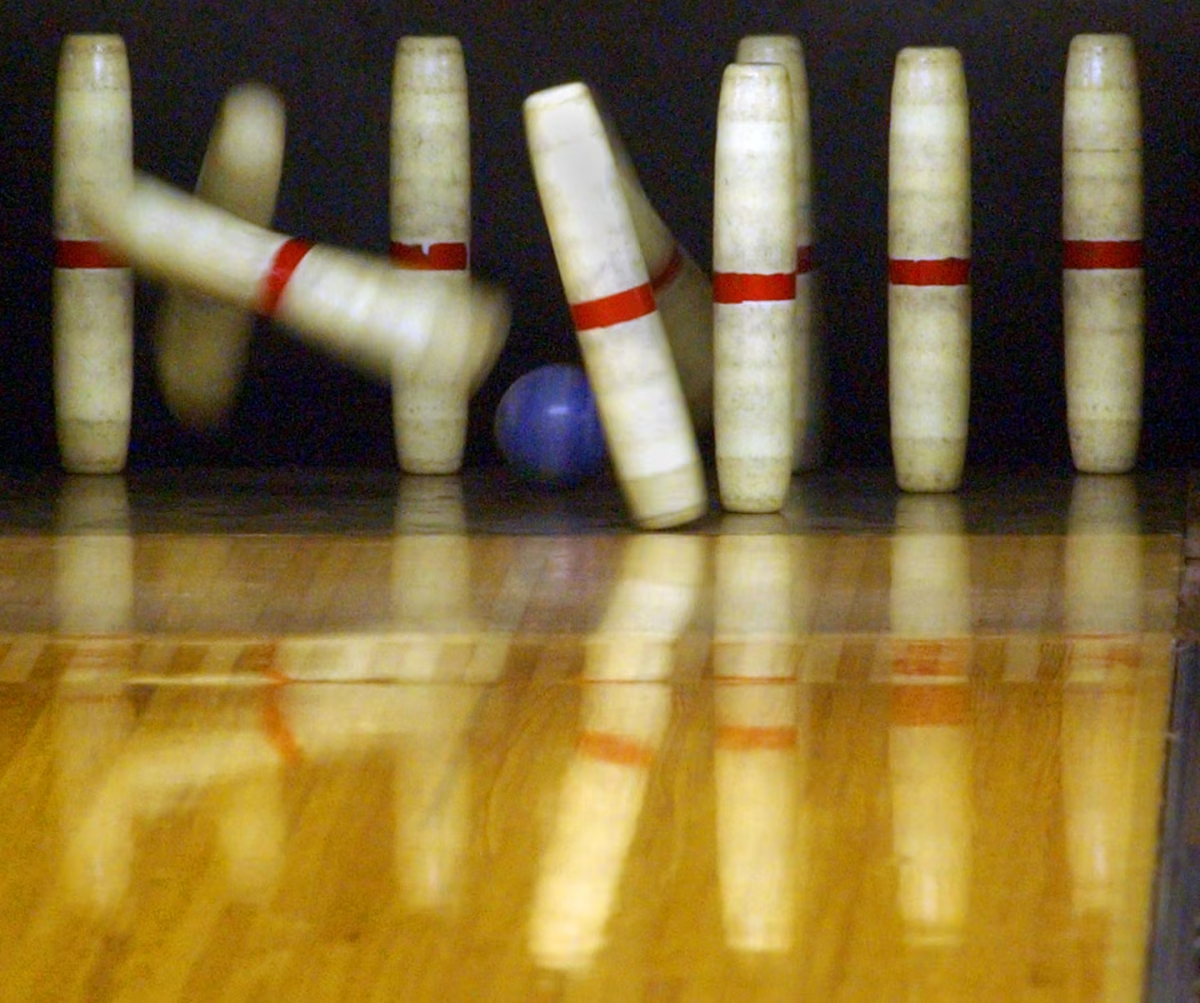
Any artist will tell you that the reason they create art isn’t to garner approval or show off some long worked at skill. Approval or recognition is certainly welcome, but it is not the driving force behind the work. The true motivation is that feeling of accomplishment when you look at the page full of your own words or the canvas that was once stark white now filled with a mental image turned reality. It’s the relief and pride in one’s own work that drives and grows the creative mind. Participating in the arts can be very therapeutic, but what many people do not know is that creating art can be used in mental health therapy, and has been since the 1940s.
Art therapy, or art psychotherapy, is defined by the American Art Therapy Association as, “a mental health profession in which clients, facilitated by the Art Therapist, use art media, the creative process and the resulting artwork to explore their feelings, reconcile emotional conflicts, foster self-awareness, manage behavior and addictions, develop social skills, improve reality orientation, reduce anxiety and increase self-esteem.”
It’s important to make the distinction between art as therapy, or a therapeutic process, and art psychotherapy. Art as therapy is not overseen by a professional psychologist or an accredited social worker, but rather a process carried out by an individual on their own terms for their own purposes. Professionals in the field of psychology and mental health therapy use art psychotherapy to help treat depression reduce stress and improve a patient’s general mood and cognitive function.
When used in conjunction with other practices, art psychotherapy can add another level of understanding and communication between the therapist and their client. In most cases both the therapist and the client will each interpret the client’s work and report each other’s thoughts on the art to one another. They may arrive at similar or different interpretations entirely, but it helps to bridge certain gaps left by other forms of treatment. Clients are encouraged to create art based on thoughts, feelings and emotions that they are otherwise uncomfortable or unable to convey.
Art is inherently an expression of our deepest thoughts and emotions. It allows our personality to shine through in ways that we might not have been able to convey through simply speaking with another person about the way something makes us feel.
Art psychotherapy is by no means a fix-all type of treatment, however. In a study conducted upon schizophrenic patients in the U.K. by the Imperial College of London and Professor Mike Crawford, 417 subjects were split into three groups. One group was treated with art therapy, one was treated with group activity and the other was treated with standard care practices. After two years, each group displayed the same level of global function, or social, occupational and psychological function. This study was inconclusive in showing art therapy as a more or less effective form of treatment for those suffering from schizophrenia.
On the other hand, art psychotherapy is on the rise in psychology and is viewed as a legitimate form of mental health therapy. Last year, BBC News ran a series called the “Power of Art,” in which they spotlighted the effects of art therapy, including the effects on children who have leukemia. Scientific evidence in the improvement of the children’s health was difficult to provide. However, this report and others like it do show an improved mood and outlook on life in those participating in art therapy. The series also featured participation in the arts with regards to aging. Seniors who participated in the creation of art were found to have increased social function, helping to stave off feelings of depression.
While the science behind why art psychotherapy improves both brain function and mood is still not fully understood, it is clear that it has positive effects on the mental health of those who participate in the arts. Art therapy has existed for many years and is a useful tool in an individual’s struggle with emotional highs and lows. Participation in artistic mediums such as writing, painting, drawing, dancing and many others can improve a person’s mood, cognitive brain function and decrease feelings of depression. Art therapy shows us that the arts are not only very therapeutic, but they may help keep our minds healthy in ways we never knew.
Cory J. Willey can be reached at [email protected].


















